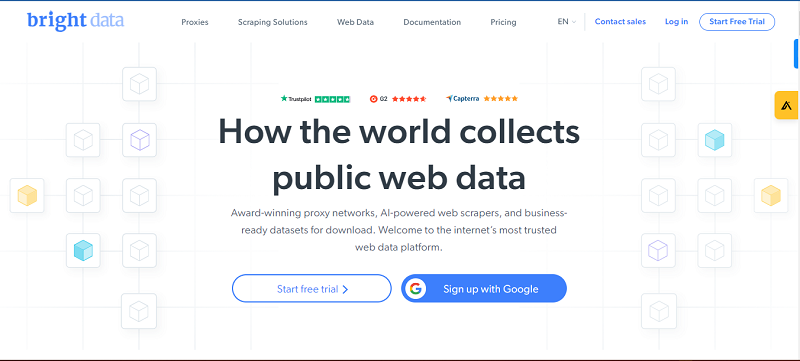This is part 1 of a 3-part series on Digital Blueprints.
Digital transformation is leveraging new technologies that redefine the ways people live and work. With economic benefits over the next decade estimated at $100 trillion, as projected by the World Economic Forum, it is no surprise that half of all corporate boards have elevated digital to the CEO agenda. Despite the sense of urgency around digital strategy, many organizations fail during the early stages of planning. Mired in legacy processes and technologies, many companies focus too narrowly on one or two processes and miss the broader opportunities to transform the enterprise value chain. A digital blueprint is a planning approach that helps organizations identify the big picture opportunities, allows the flexibility to experiment and innovate, and brings structure and organization to digital transformation efforts.
More specifically, digital transformation is a term used to describe the innovative use of new technologies to fundamentally change interactions with customers and suppliers, optimize the business operating model, or deliver new digital products and services. In some cases, the change is so profound it upends an entire industry, resulting in what we now know as “digital disruption”. Amazon and Uber are two frequently referenced examples that have disrupted their respective industries.
Digital disruption is enabled by many different technologies becoming more affordable and reliable. For example, disruption of the retail industry began when the first secure eCommerce sites were introduced in 1994, and has only accelerated since then. Today, along with web and browser technology, other technologies contribute to digitization including mobile, social media, cloud, Internet-of-Things, analytics, artificial intelligence, 3D printing, robotics, and drones, to name a few.
The technologies, however, are only half of the story. Changes in cultural norms and expectations are just as (if not more) significant enablers of the digital shift. The successes of Amazon and Uber can be attributed to new business strategies that capitalize on changing consumer expectations and needs, more so than the rise of internet or smartphones.
A digital transformation strategy is often hard to conceive because it challenges the existing business and operating model by embracing emerging technologies.
Despite the challenges that surround digital transformation, C-Suites everywhere are feeling the urgency to explore the possibilities. A recent MIT Sloan study found that 87% of companies believe digital technologies will disrupt their industries. Even with the significant perceived tidal wave of disruption, the same study found that fewer than 1 in 4 companies possessed a mature digital strategy along with the capabilities to deliver it.
A big part of the problem is that digital transformation is often viewed through the lens of a traditional technology deployment, vs. a true transformational strategy. These organizations follow a linear, waterfall approach to rollout new technology. Digital technologies are often regarded as point solutions to enhance specific processes and functions, rather than an end-to-end reimagining of how value is created.
The traditional approach to technology deployment begins with business requirements that are dictated by the existing business model and processes. Throughout the past two centuries, following the industrial revolution, business and technology efforts have been linked by one fundamental question: “How can technology optimize an existing business process?”.
Digital transformation is about rethinking the business strategy and operating model, in consideration of the proliferation of data and technology across our society. As is true with all innovation, digital innovation requires experimentation, rapid prototyping, and proofs-of-concept to consider multiple future scenarios. By comparison, organizations undergoing digital transformation address an entirely different set of questions:
These broad reaching questions cross functional boundaries and encompass both front and back office. Unfortunately, many organizations lack a comprehensive framework to understand and embrace the digital challenge.
For companies lacking a digital strategy framework, the result is often a set of narrowly focused initiatives that do not realize the full value of digital transformation. These companies are left vulnerable to competitors and new entrants who can deploy innovative operating models, resulting in better, cheaper, more customized products, faster service, and an improved customer experience. Organizations that develop a holistic digital strategy will realize significantly greater rewards from their digital investments.
Common Elements of a Holistic Digital Strategy
So how can an organization build a strong foundation that will lead to true digital innovation? The next two blogs in this series will describe how digital trailblazers embrace five success factors in the creation of their Digital Strategy Blueprint:

By Jonathan Zanger, Partner with Enaxisconsulting





